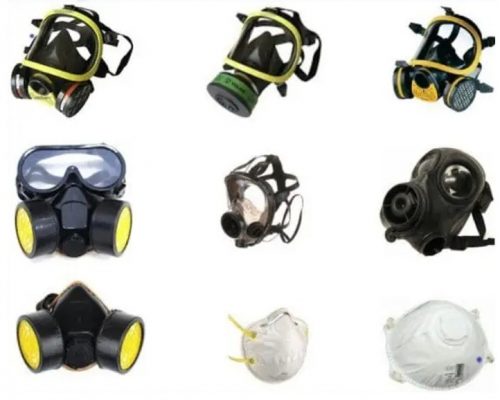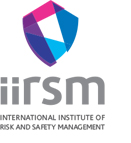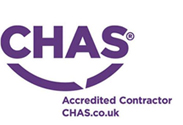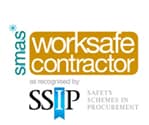Respiratory Protective Equipment (RPE) is a critical control measure in any workplace where employees may be exposed to dust, fumes, vapours, or other airborne contaminants. Exposure to substances such as:
Isocyanates, solvents, metal dusts, wood dust, asbestos fibres, or chemical aerosols can lead to occupational asthma and other long-term respiratory conditions. Selecting and maintaining the correct RPE is essential for COSHH compliance and protecting employee health.
Selecting the right respirator
RPE selection should be based on the specific hazards present in the workplace:
- Tight-Fitting Half-Mask Respirators: Suitable for short-term exposure to dusts, mists, and vapours. Requires a face-fit test to ensure a proper seal.
- Disposable Respirators (FFP2/FFP3): Effective against dust and fine particulates if correctly fitted and replaced regularly.
- Full-Face Respirators: Provide higher protection where high concentrations of vapours, dusts, or chemicals are present, and protect the eyes from splashes.
- Positive Pressure (Powered) RPE: Includes powered air-purifying respirators (PAPRs) or supplied-air hoods. These do not rely on a tight face seal, so a fit test is not required. However, they must be maintained and tested to ensure correct air pressure is delivered.
Filter selection is essential:
- Particulate filters (P) for dusts and solid aerosols.
- Gas and vapour cartridges (A, B, E, K types) for solvents, isocyanates, acids, or ammonia.
- Combination filters where multiple hazards exist simultaneously.
Incorrect RPE or the wrong filter type renders protection ineffective, exposing workers to serious health risks.
COSHH requirements for inspection and examination
Under COSHH, employers must ensure RPE is:
- Maintained and inspected regularly: Users should carry out pre-use checks, and a competent person should perform formal inspections at manufacturer-specified intervals.
- Serviced and replaced as necessary: Reusable masks and cartridges must follow manufacturer recommended servicing schedules, with records maintained for compliance.
- Fit tested: All tight-fitting respirators must undergo initial and periodic face-fit testing to ensure an effective seal. Positive pressure RPE does not require fit testing but must be monitored for correct air flow.
- Stored Correctly: RPE must be kept clean, dry, and protected from damage or contamination when not in use.
Practical steps for employers
- Risk Assessment and Selection: Identify workplace hazards and select RPE suitable for exposure type and duration.
- Testing: Conduct formal face fit testing for all tight-fitting respirators.
- Pre-Use Checks: Inspect RPE for damage, ensure straps and values function and confirm correct filter type(s).
- Maintenance: Follow manufacturer guidance for cleaning, cartridge replacements and formal inspections.
- Training: Train staff on correct donning, doffing, storage and maintenance.
Benefits of proper respiratory protection
- Protects workers from occupational asthma and other respiratory illnesses.
- Ensures compliance with COSHH and HSE regulations.
- Reduces illness-related absences, increasing productivity.
- Demonstrates a strong safety culture to employees, clients and auditors.
How we can support:
- Hazard-based RPE selection and COSHH assessments.
- Face-fit testing and employee training.
- Inspection and maintenance programmes for RPE.
- Documentation and record keeping for audits and regulatory inspections.











